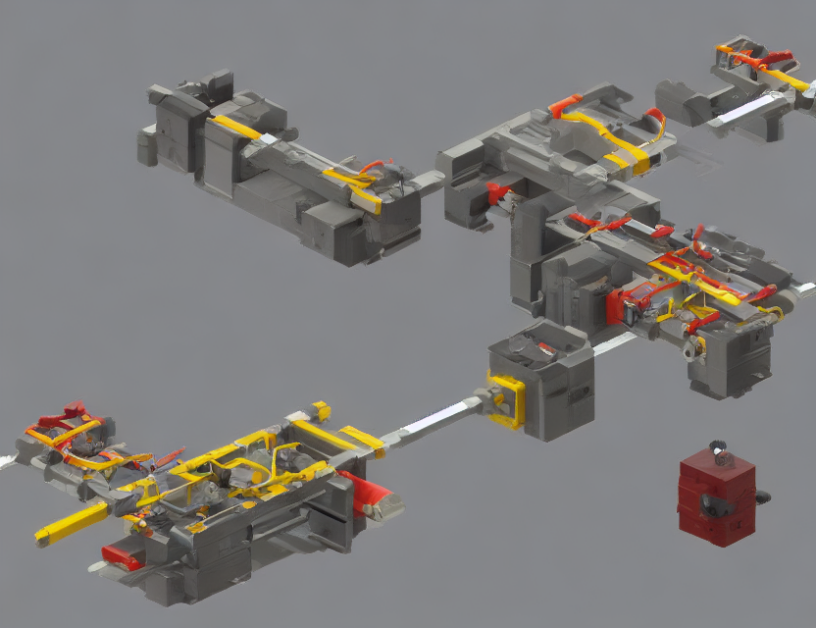Gaussian processes (GPs) are a powerful tool for modeling complex phenomena in various fields, including robotics, computer vision, and machine learning. Despite their popularity, GPs can be daunting due to their mathematical complexity. This article aims to demystify GPs by providing a gentle introduction to the subject, making it accessible to readers without prior knowledge of the field.
What are Gaussian Processes?
A GP is a probabilistic model that represents a function as a distribution over possible values. It’s like a rubber band stretched around a curve, where the curve is the function we want to predict. The rubber band represents the probability of the function taking any particular value.
How Do Gaussian Processes Work?
A GP is defined by a mean function and a covariance function, also known as a kernel. The kernel defines how similar two functions are, and it’s like a fingerprint that tells us how likely we are to find the same curve twice. By combining many kernel-like fingerprints, we can create a GP that predicts the underlying function.
Advantages of Gaussian Processes
GPs offer several advantages over other modeling techniques:
- Flexibility: GPs can model complex, non-linear relationships between variables. It’s like trying to fit a puzzle piece into a picture – GPs can find the shape of the puzzle piece without knowing its exact size or location.
- Uncertainty Quantification: GPs provide a way to quantify uncertainty in predictions. Imagine playing a game where you have to predict the outcome of a coin flip – with GPs, we can say how sure we are about our prediction, rather than just saying "heads" or "tails".
- Knowledge Transfer: GPs allow us to transfer knowledge from one problem to another. It’s like learning a new language – once we know the grammar and vocabulary of one language, it’s easier to learn others.
Applications of Gaussian Processes
GPs have many applications in robotics, computer vision, and machine learning:
- Robotics: GPs can be used to model the dynamics of robots, predicting their movements and behaviors. It’s like trying to predict a dance routine – GPs can help us figure out how the robot will move based on its past movements.
- Computer Vision: GPs can be used to model images and video, predicting features such as edges and shapes. It’s like trying to find objects in a messy room – GPs can help us identify what’s there by looking for patterns.
- Machine Learning: GPs can be used as a prior over machine learning models, helping to regularize the model and prevent overfitting. It’s like adding a safety net to a skyscraper – GPs can help keep the model from falling apart when we add too much information.
Conclusion
In conclusion, Gaussian processes are a powerful tool for modeling complex phenomena in various fields. By providing a gentle introduction to the subject, this article aims to demystify GPs and make them accessible to readers without prior knowledge of the field. Whether you’re working in robotics, computer vision, or machine learning, GPs can help you tackle challenging problems with flexibility, uncertainty quantification, and knowledge transfer. So why not give GPs a try? You might be surprised at what you can achieve!



